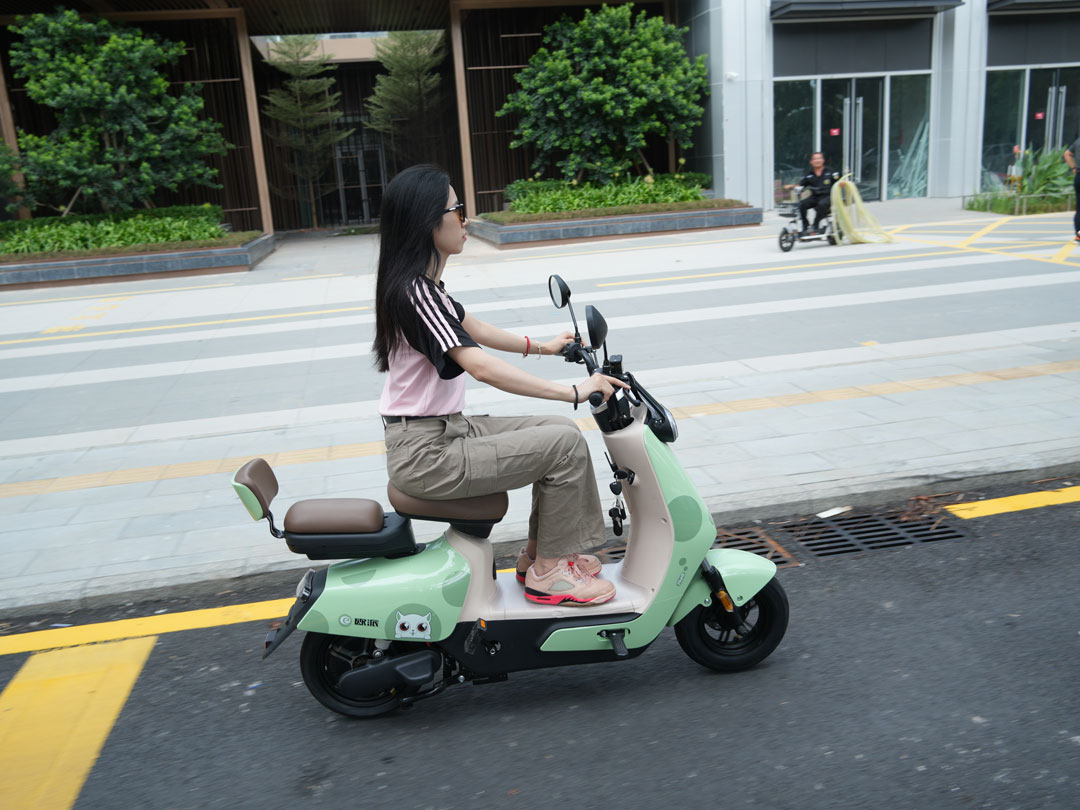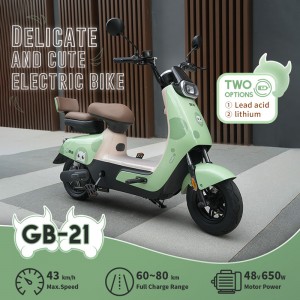The autonomy of an electric moped refers to its battery's ability to provide power for a certain distance or period of time on a single charge. From a professional perspective, the autonomy of an electric moped depends on several factors, including battery technology, motor efficiency, vehicle weight, driving conditions, and intelligent management systems.
Battery technology is one of the core factors influencing the autonomy of electric mopeds. Lithium-ion batteries are commonly used, but different types of lithium-ion batteries, such as lithium polymer and lithium iron phosphate batteries, can offer varying levels of autonomy. High-energy-density batteries can store more electrical energy, thereby extending the scooter's range.
The efficiency of the electric motor in an electric moped directly affects its autonomy. Efficient motor design and advanced control algorithms can provide longer ranges with the same amount of battery energy. Improving motor efficiency helps reduce wasted energy from the battery.
The weight of the vehicle itself also plays a role in autonomy. Lighter vehicles are easier to propel, consuming less electrical energy and extending the range. Lightweight designs utilize materials and structural configurations that maintain safety and stability while reducing vehicle weight.
Driving conditions encompass factors such as road surface, driving speed, temperature, and incline. Different driving conditions can lead to variations in the scooter's autonomy. For instance, high-speed driving and steep inclines typically consume more electrical energy, shortening the range.
Intelligent Battery Management Systems (BMS) and motor control systems are crucial for optimizing energy usage and enhancing autonomy. These systems continuously monitor and adjust battery and motor performance based on driving conditions and rider demands, maximizing the utilization of battery energy and extending the range.
- Previous: Electric Motorcycle Lights: The Guardian of Night Riding
- Next: How to Determine the Condition of Electric Bicycle Brake Pads?
Post time: Sep-11-2023






